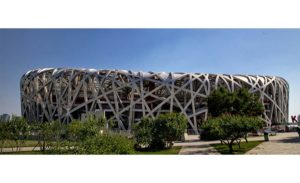
Emerging Innovations in System Design
CO2 Servicing Best Practices
Discover CO2 Refrigeration
Harnessing the Sustainability of CO2
Copyright ©2024. All Rights Reserved BNP Media.
Design, CMS, Hosting & Web Development :: ePublishing
Copyright ©2024. All Rights Reserved BNP Media.
Design, CMS, Hosting & Web Development :: ePublishing